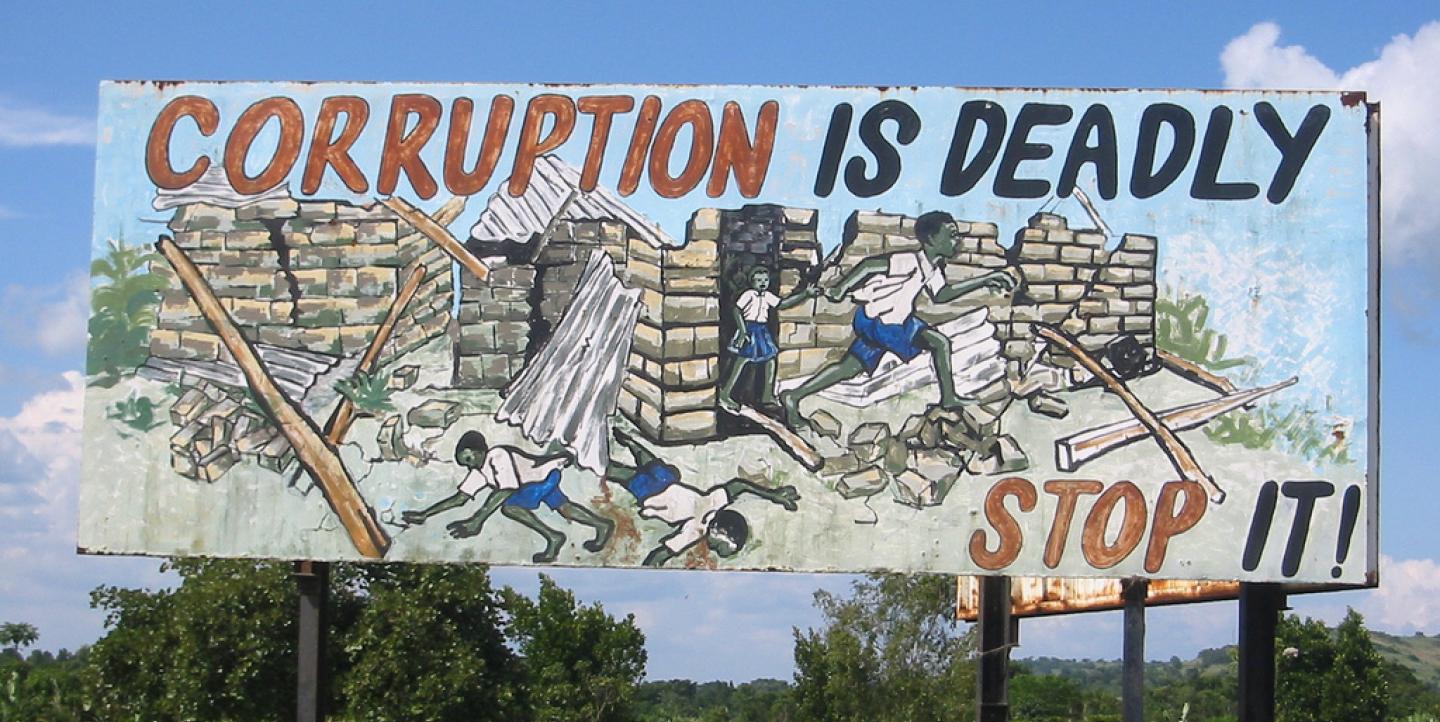Stories plotting the geometry of bribery, determining the currency of influence, documenting the paper trail, dealing with threats and retaliation and knowing the obstacles within - just some of Don Ray's tips for understanding the power of corruption. He says the task is to find the visible results of an often invisible force.
Investigative journalist, international trainer and media consultant, Ray has offered his top 10 tips for investigating corruption. The tips, reproduced below, are the framework for some of the training modules he offers worldwide.
-
Bottom-up approach: Essential for identifying the results of corruption and the fast-track pathway to the top levels - the evidence is always visible at the street level. (See the Malawi Observer for detailed examples).
-
Plotting the geometry of bribery and influence: Corruption always involves more than one person or point or simple line between two entities. Understanding the flow of bribery, influence and extortion requires mapping the triangles, trapezoids, pentagons, etc., of relationships between the parties.
-
Developing and protecting essential sources: They are out there wishing they could find someone to trust with their information. Journalists must learn that the seduction process involves creating maximum trust, a fertile environment of factual verification and an understanding of the intrinsic rewards that sources require.
- Determining the currency of the influence: The more sophisticated the laws and enforcement, the more sophisticated are the vehicles of bribery. It’s rarely only money that changes hands. Journalists must learn to follow the trails of property, promotion, protection, privilege, payola and employment (of even distant family members).
To read more, click here.
Photo by Futureatlas.com, Creative Commons Attribution License

